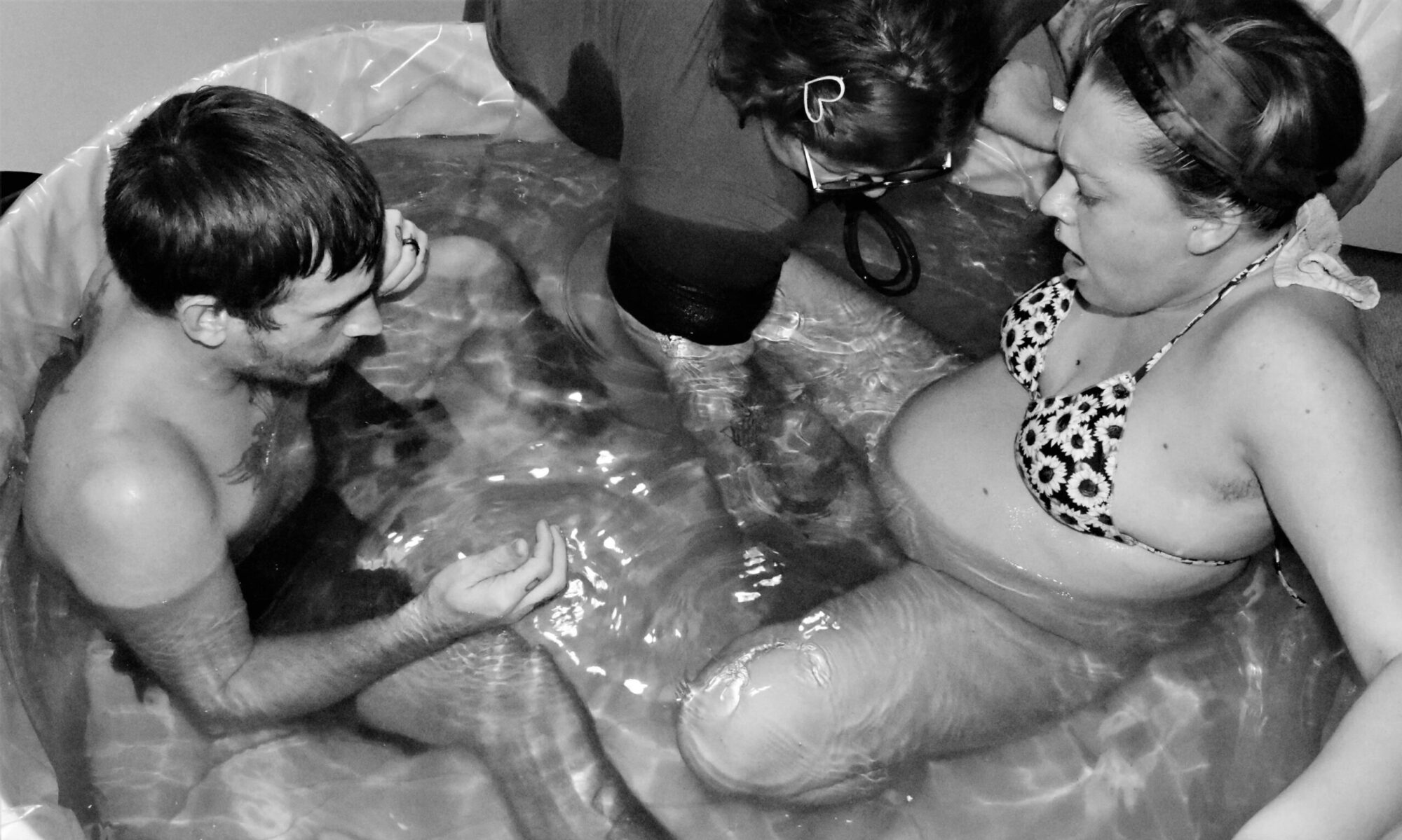A Certified Professional Midwife (CPM) is a knowledgeable, skilled and independent midwifery practitioner who has met the standards for certification set by the North American Registry of Midwives (NARM). CPM is the only international credential that requires knowledge about and experience in out-of-hospital birth.
How do CPMs practice?
CPMs are trained and credentialed to offer expert care and support to women and their babies for pregnancy, birth and the postpartum period. CPMs practice as autonomous health professionals working within a network of relationships with other maternity care professionals who can provide consultation and collaboration when needed.
CPMs are guided by the NACPM Standards for Practice (pdf) and the Midwives’ Model of Care™*.
The Midwives Model of Care™ is based on the fact that pregnancy and birth are normal life events and includes:
- monitoring the physical, psychological and social well-being of the mother throughout the childbearing cycle;
- providing the mother with individualized education, counseling and prenatal care,
- continuous hands-on assistance during labor and delivery and postpartum support;
- minimizing technological interventions; and
- identifying and referring women who require obstetrical attention.
The application of this model has been proven to reduce the incidence of birth injury, trauma and cesarean section.
Development of the Credential
The CPM credential was developed by the North American Registry of Midwives (NARM) in collaboration with the Midwives Alliance of North America (MANA), Midwifery Education Accreditation Council (MEAC), Citizens for Midwifery (CfM) and diverse stakeholders from across the US. The credential issued by NARM is nationally accredited by the National Commission for Certifying Agencies (NCCA) which is the accrediting arm of the National Organization for Competency Assurance (NOCA). NCCA accredits many health professions.
Are CPMs legal?
Twenty six states now recognize direct-entry midwives in statute, 24 through licensure. Before the advent of the CPM credential in 1994, individual states that licensed midwives each had their own requirements and standards. Since the availability of the CPM credential, the trend has been to use the CPM as the basis for state licensure. The credential also establishes a national standard for quality assurance within the profession.
Completion of this certification does not necessarily convey legality which is determined by state and territorial governments.
For more information about types of midwives, please visit http://mana.org/about-midwives/what-is-a-midwife
